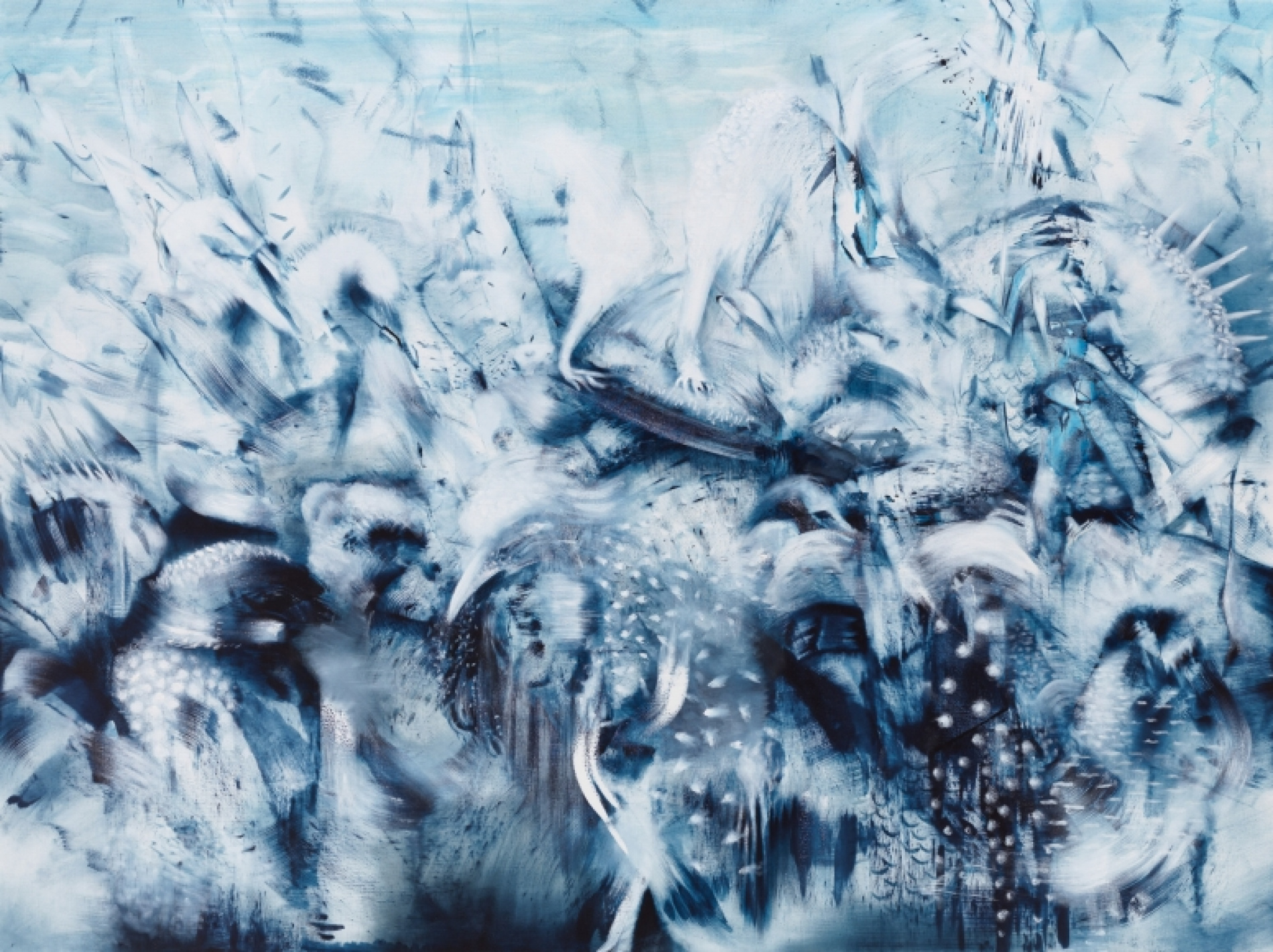Torah guides us on a journey that is both internally and externally focused. The world is ever in danger. And spiritually composed beings can bring wholeness to it. View the study sheet here. Watch the recording here.

Hanukkah, which we will begin celebrating on December 18, is an excellent occasion to spend some time in our doorways. There is much Torah wisdom to be found there. According to the Talmud, the appropriate location for the Hanukkah menorah is at the outer part of the doorway on the left side as one is facing the home. The reason for this is so that it may serve as a balance to the mezuzah, which the Talmud specifies is to be placed on the right side of the doorway. What is the nature of each of these ritual objects that causes the Talmud to identify their relationship as a matter of balance?
The late 19th century Hasidic sage the Sefat Emet teaches that their respective physical orientations convey distinct and complementary spiritual teachings. The mezuzah is tilted so as to point toward the inside of the home. This inward orientation symbolizes the ingathering of wisdom, a deep connection to one’s heritage, and an intimate, personal relationship with God. A rich inner, reflective spiritual life contributes to a healthy, serene life as a human being.
The outward orientation of the Hanukkah menorah is intended to allow its light to filter into the public domain. This light brings a message of courage and hope to all who are bathed in its incandescence. It recalls a collective struggle to overcome oppressive social forces. The lighting of the Hanukkah candles reminds us of our responsibility to work together to create a more just and free world.
To stand in the doorway during the season of Hanukkah is to be reminded of two dimensions for a healthy life: an inner, spiritual one and an outer, socially responsible one.
Abraham, Isaac and Jacob are our three earliest patriarchs. Each one’s story is defined by a directional trajectory. Abraham is instructed to “go out” from his native land of Haran to the land of Canaan. Jacob, in this week’s Torah portion, “goes out” from the land of Canaan back to Haran and encounters God as a result. By contrast, Isaac is told by God to “not go out” from the land of Canaan, to stay and dwell within. There is wisdom to be found in both the outer and the inner worlds.
Ali Banisadr, an artist who now lives in Brooklyn, was born in Iran in 1976. The Islamic revolution and the Iran-Iraq war shaped his childhood. And his art. Flooding through his memories are images that morph from the abstract to the recognizable, some forms identifiable in the outside world and some that only dwell within his imagination. Banisadr’s paintings display a delicate balance between figuration and abstraction.
His works evoke that of Hieronymus Bosch, the Northern Renaissance painter, who created restlessly imaginative works rich in religious symbolism, allegory, and fantastical elements depicted in bustling scenes across expansive compositions. As with Bosch, Banisadr’s paintings often convey a measure of chaos, of anxieties creating an inferno that may be initially internal to the humans involved but which threaten to consume the world around them if not tended to. The external world must be addressed, and a spiritually attuned self is the best force for doing so.
Displayed here is his painting Language of the Birds. The title is an allusion to a work by the 12th century Persian poet Farid al-din Attar, The Conference of the Birds. The poem tells of a flock of birds who journey in search of their ideal sovereign, the great Simorgh. They want to find him because he has all the answers. The journey is long and perilous. Only thirty birds reach their destination, a lake where they see the great Simorgh…as a reflection of their collective being. Simorgh means thirty in Persian. The divine leadership they had been seeking was within them all along.
Torah guides us on a journey that is both internally and externally focused. The world is ever in danger. And spiritually composed beings can bring wholeness to it. During this Hanukkah season let us take a moment to stand in our doorways, to look to the left and to the right. With that multiple gaze we can draw strength and rededicate our purpose.
Join us here at 7:00 p.m. (PT) Thursday December 1 as we explore to find hope in the doorway.








